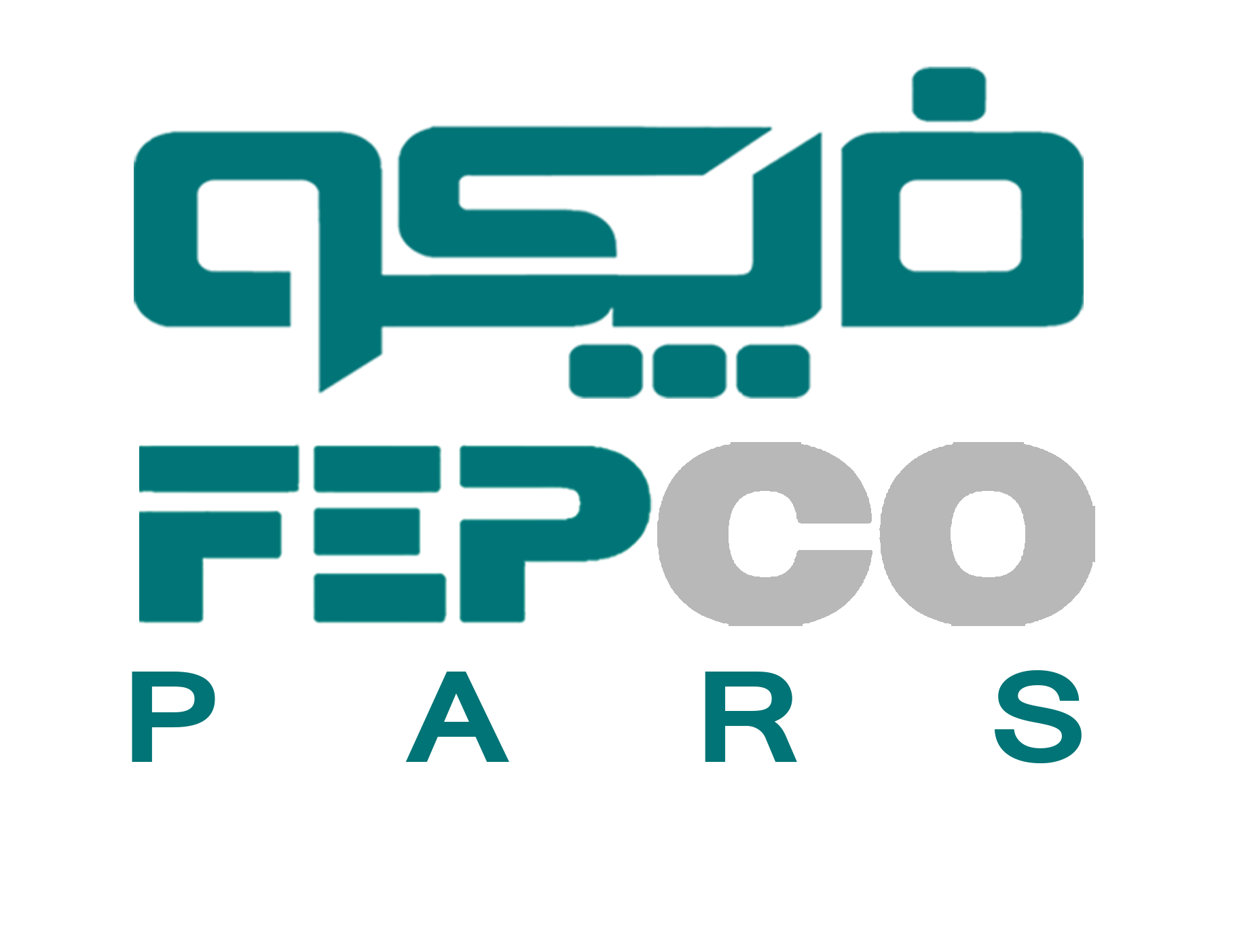Features of Foam Concrete:
- Lightweight:
One of the key advantages of foam concrete is its lightweight nature, which reduces the load on structures. This means buildings don’t require additional reinforcement.
- Thermal and Acoustic Insulation:
Due to its porous structure, foam concrete provides excellent thermal and sound insulation. This feature helps reduce energy consumption in buildings and creates a quieter environment.
- Ease of Application:
Foam concrete can be easily pumped and applied, making it faster and more cost-effective than other filling materials used in construction.
- Cost-Effective:
Due to its lightweight and reduced need for raw materials such as cement, foam concrete is an economical option for filling empty spaces and leveling floors and roofs.
- Fire Resistance:
Foam concrete has high fire resistance and, due to its non-flammable structure, increases the safety of buildings.
Technical Information of Foam Concrete:
- Density:
Foam concrete is produced in various densities, ranging from 300 kg/m³ to 1600 kg/m³. Lower densities are used for insulation, while higher densities are used for flooring and load-bearing walls.
- Compressive Strength:
The compressive strength of foam concrete typically ranges from 0.5 to 10 MPa, depending on the application and the amount of cement and water used. This strength level is suitable for non-structural applications (such as filling voids) and floor leveling.
- Water Absorption:
Foam concrete has water absorption properties, but due to its cellular and porous structure, it easily repels water, making it suitable for use in humid environments.
- Thermal Conductivity:
Foam concrete has very low thermal conductivity (around 0.1 to 0.3 W/m·K), which highlights its excellent thermal insulation properties.
- Setting Time:
Foam concrete sets relatively quickly, with the setting time ranging from 4 to 24 hours depending on environmental conditions and the amount of chemical additives used.
Foam concrete, with its outstanding technical characteristics such as lightweight, thermal and acoustic insulation, and ease of application, is an excellent choice for use in construction projects, especially in floor leveling and as a filler for floors and roofs. Its economic benefits and high performance make it widely used in the construction industry.



